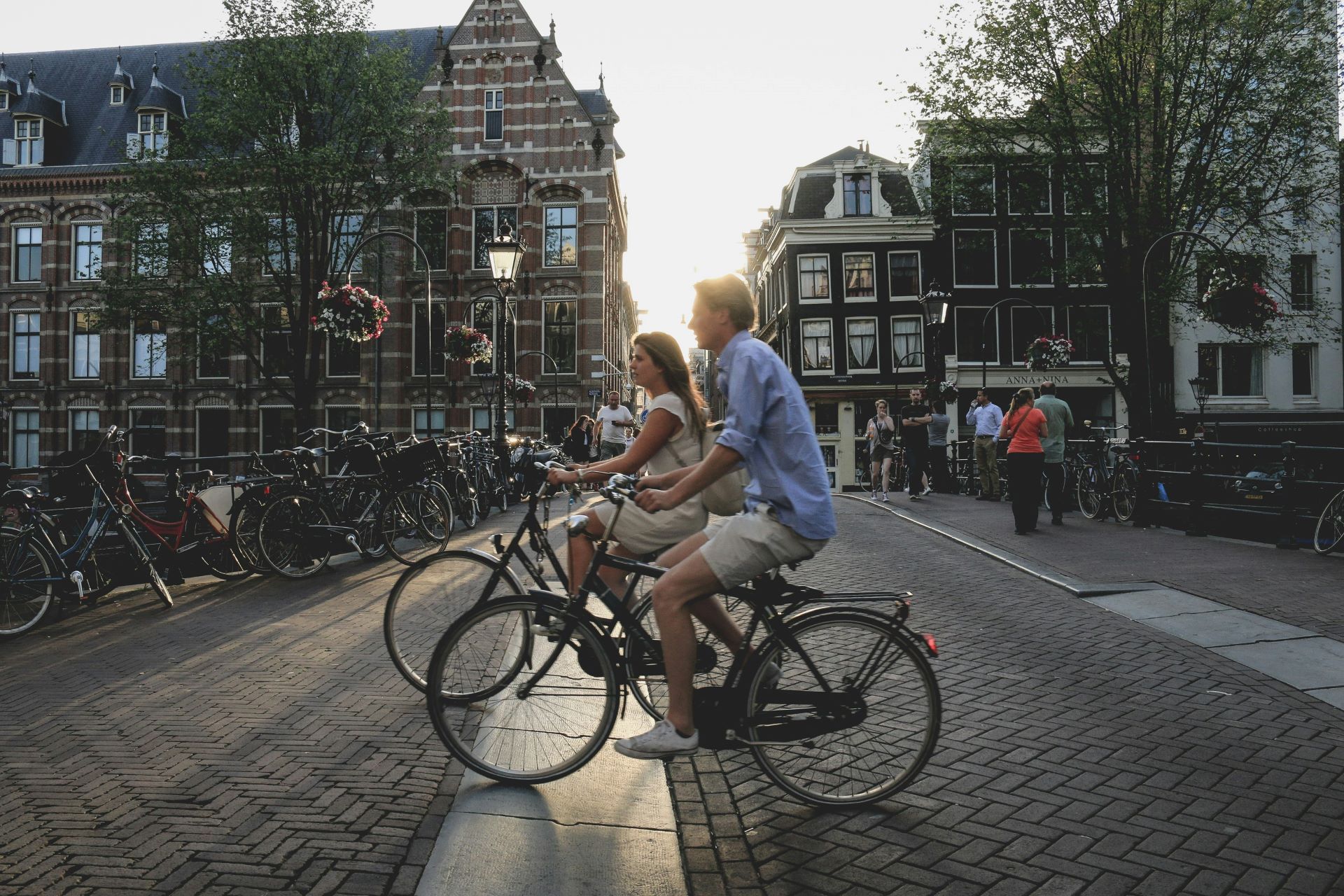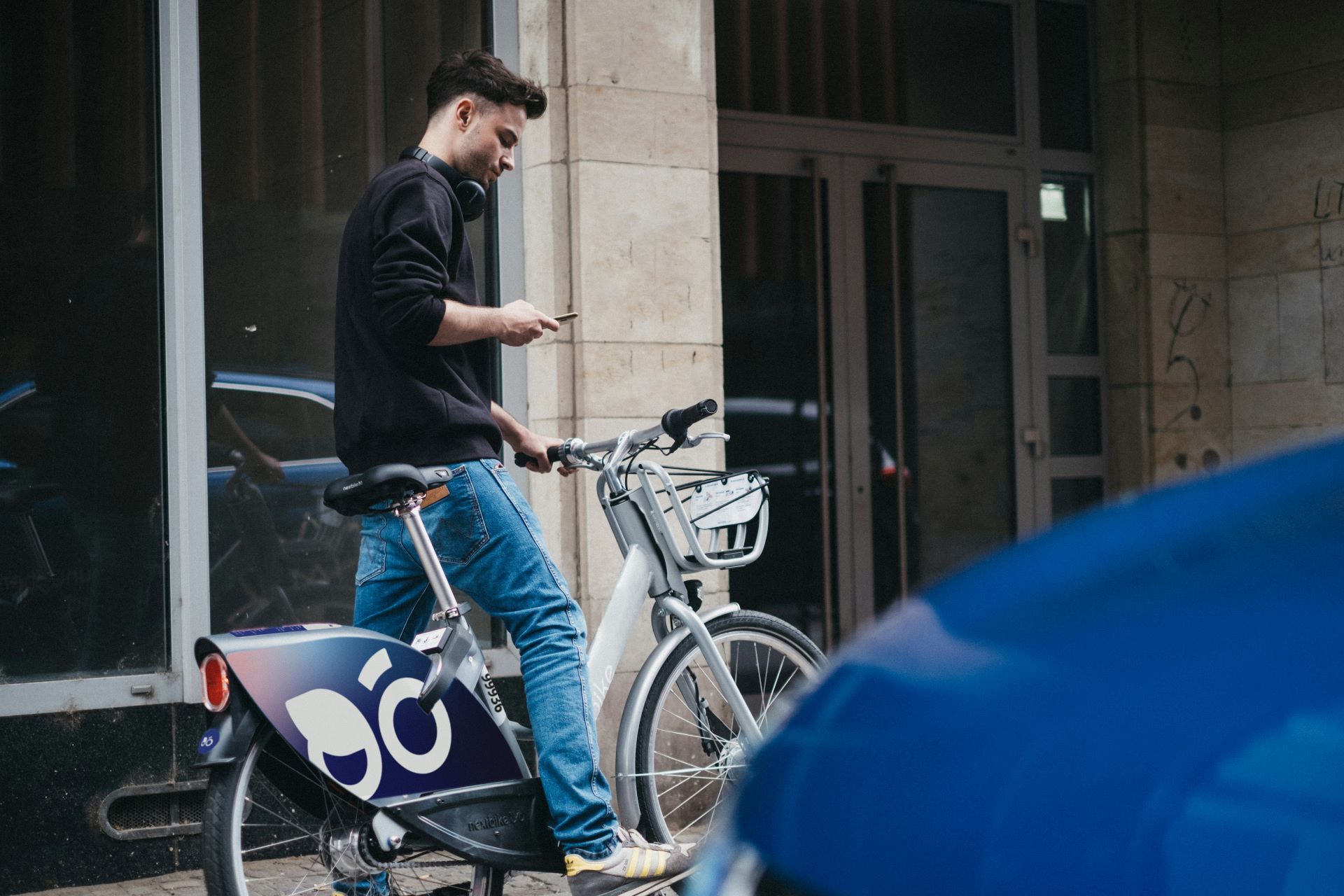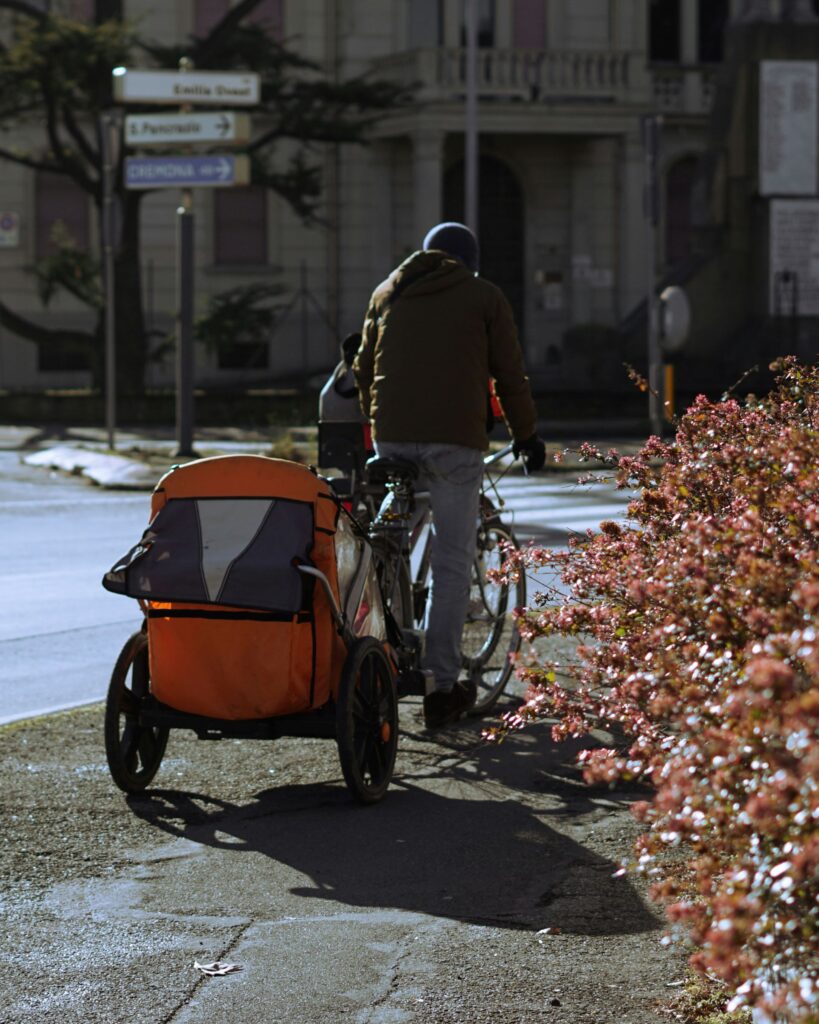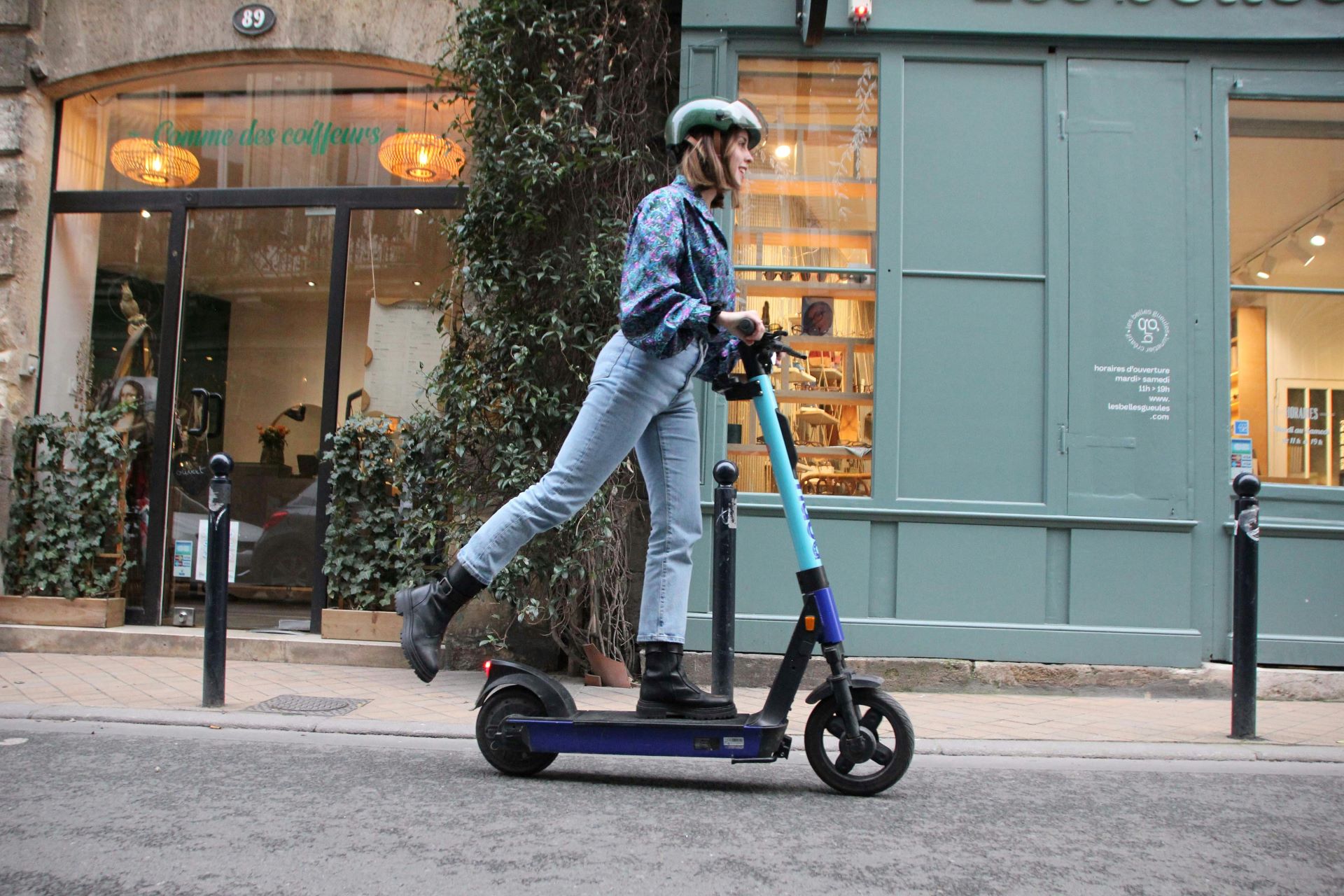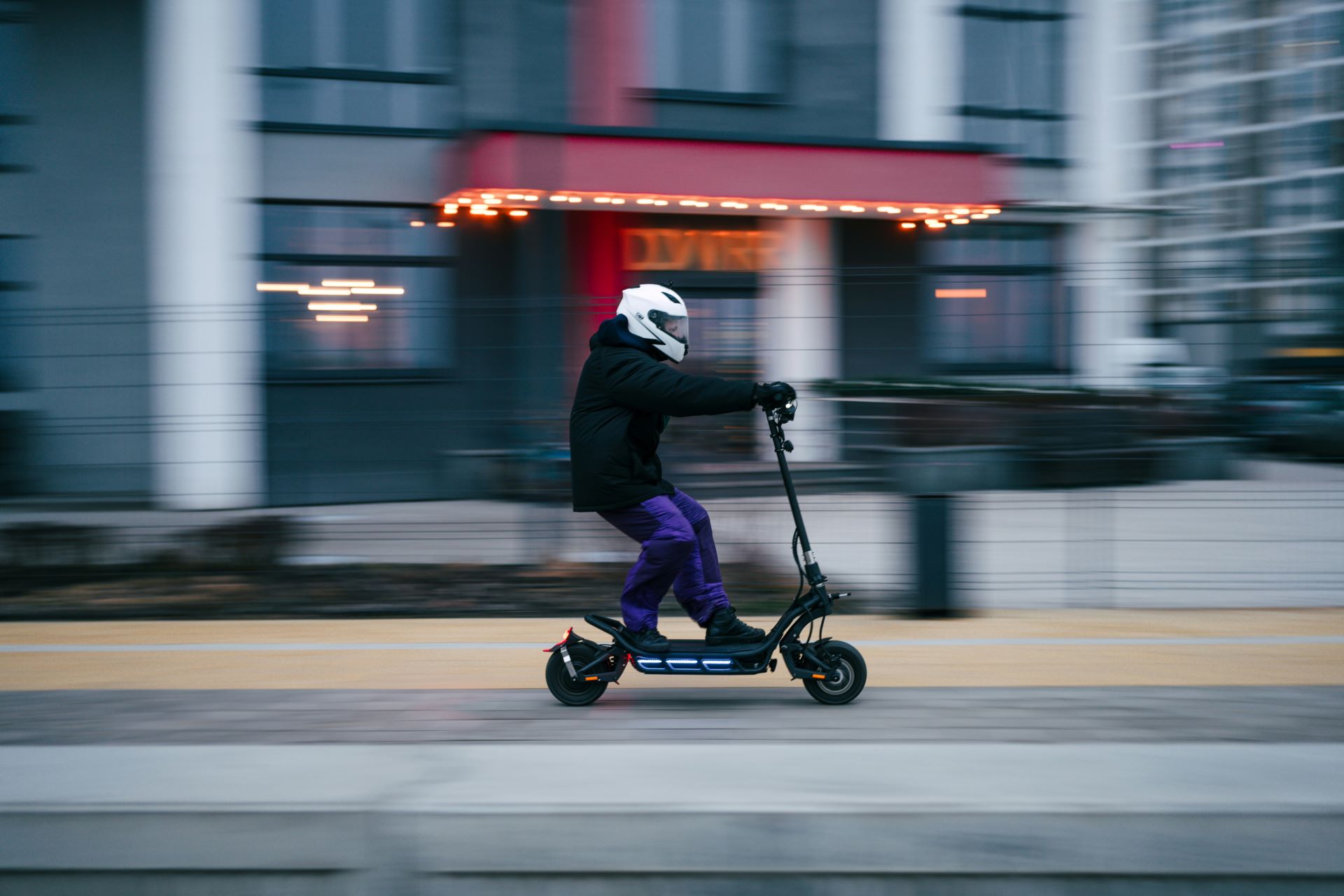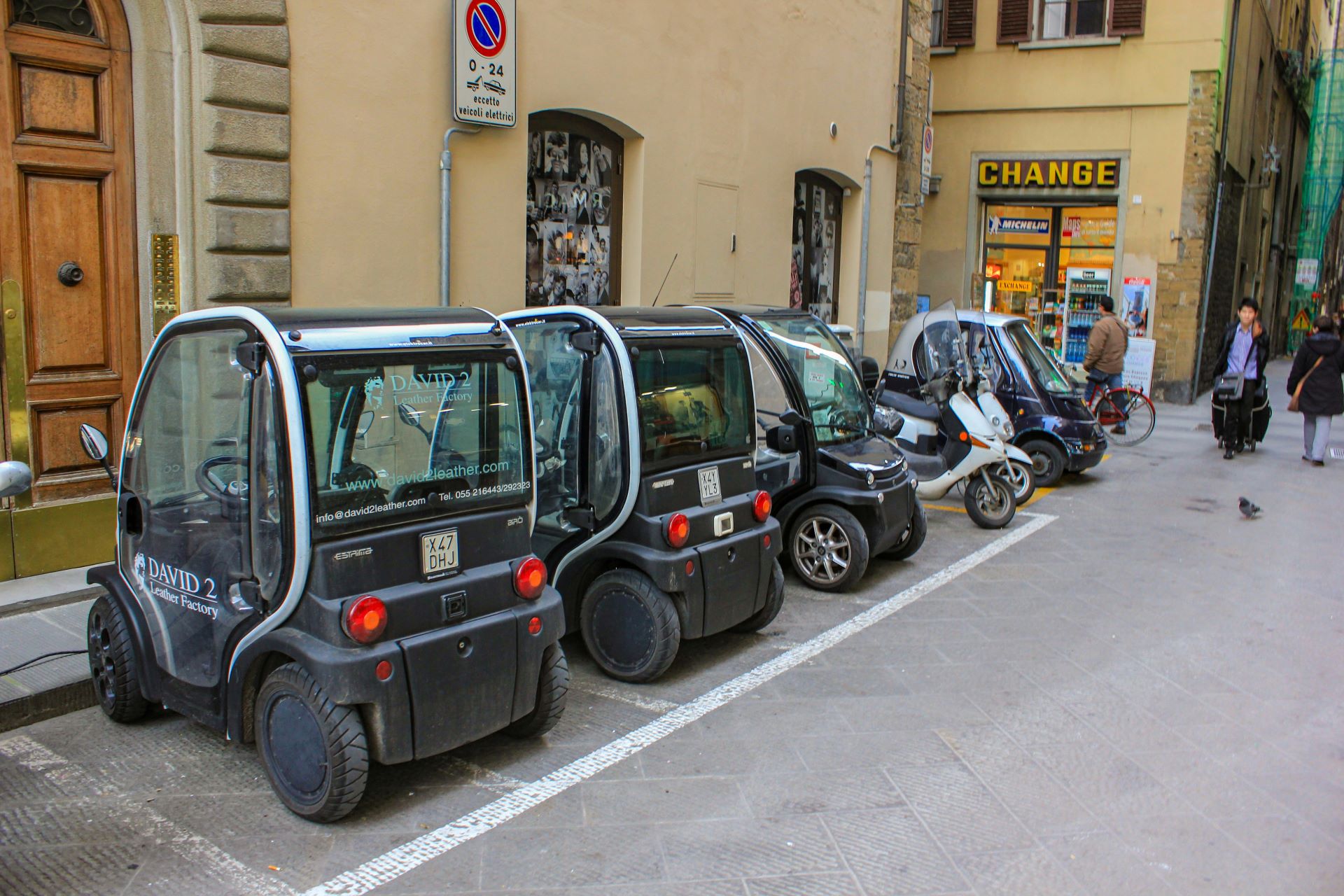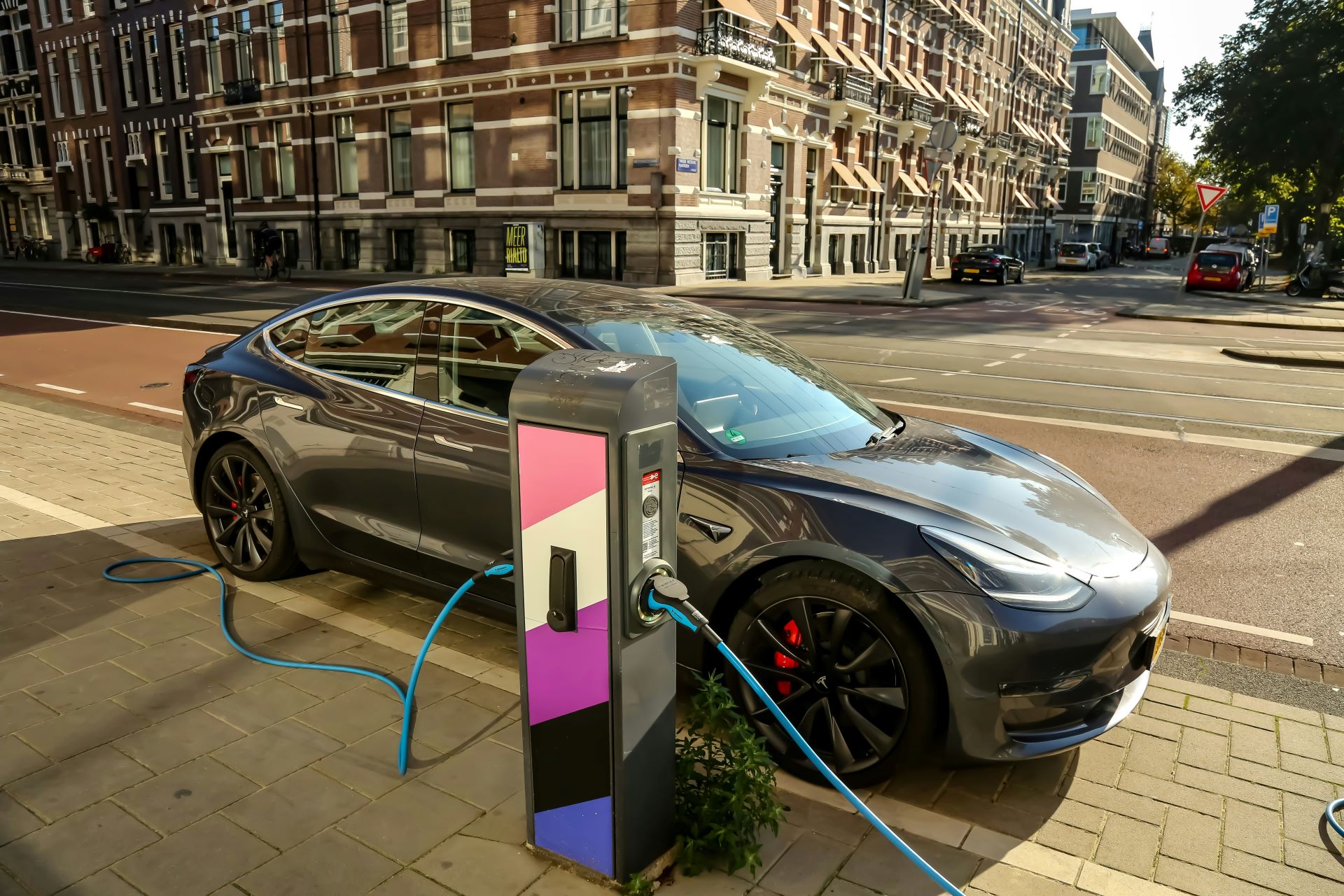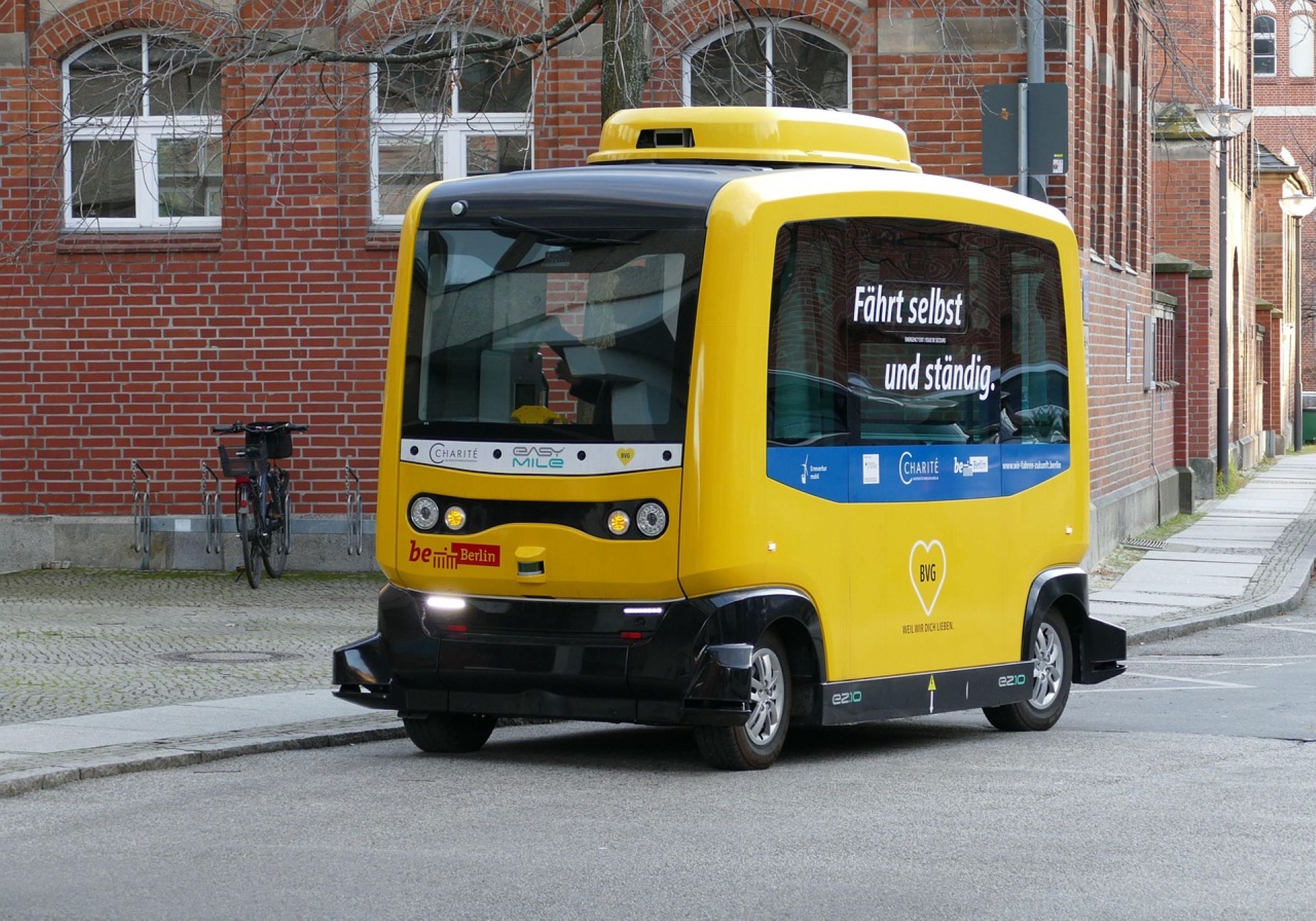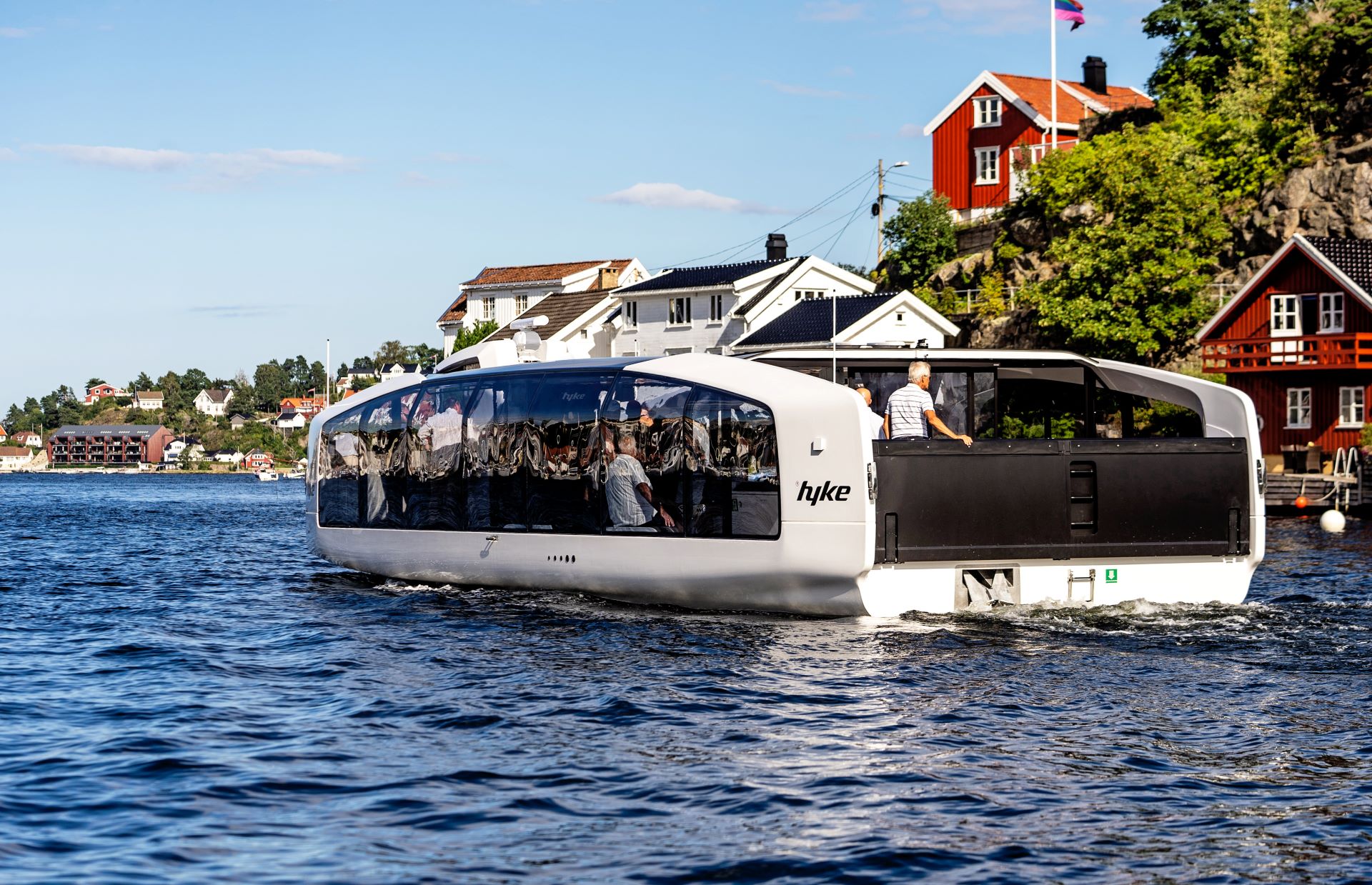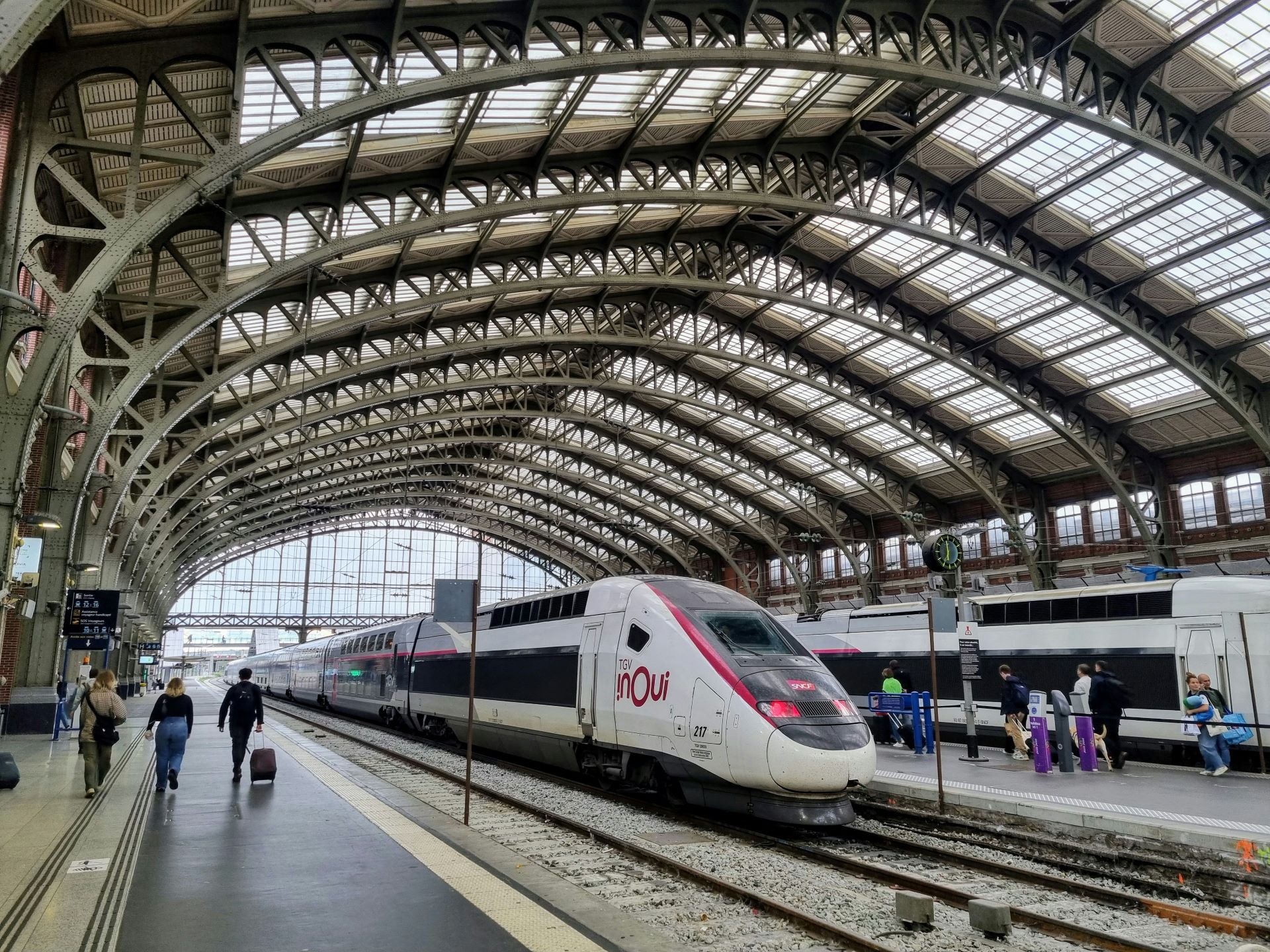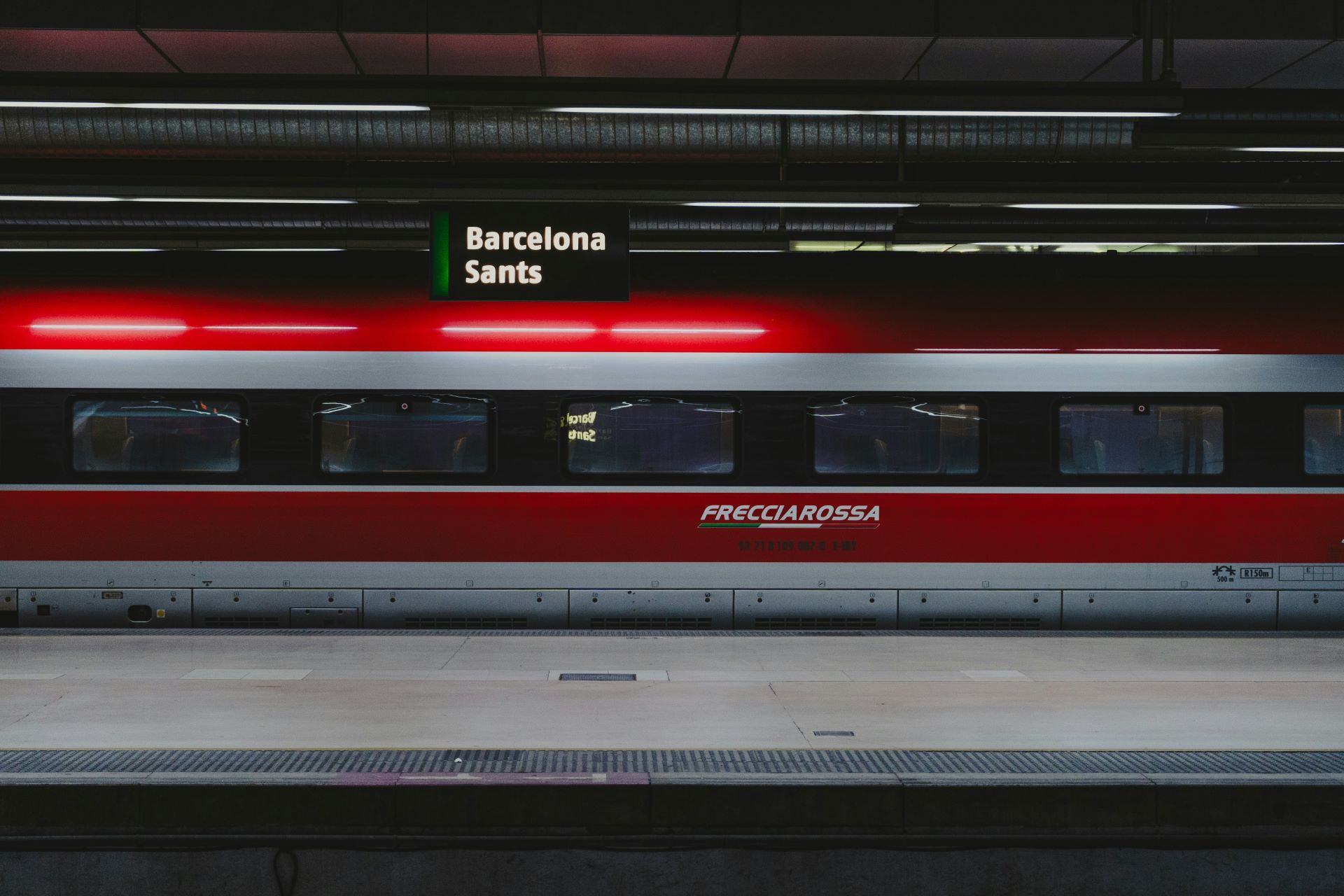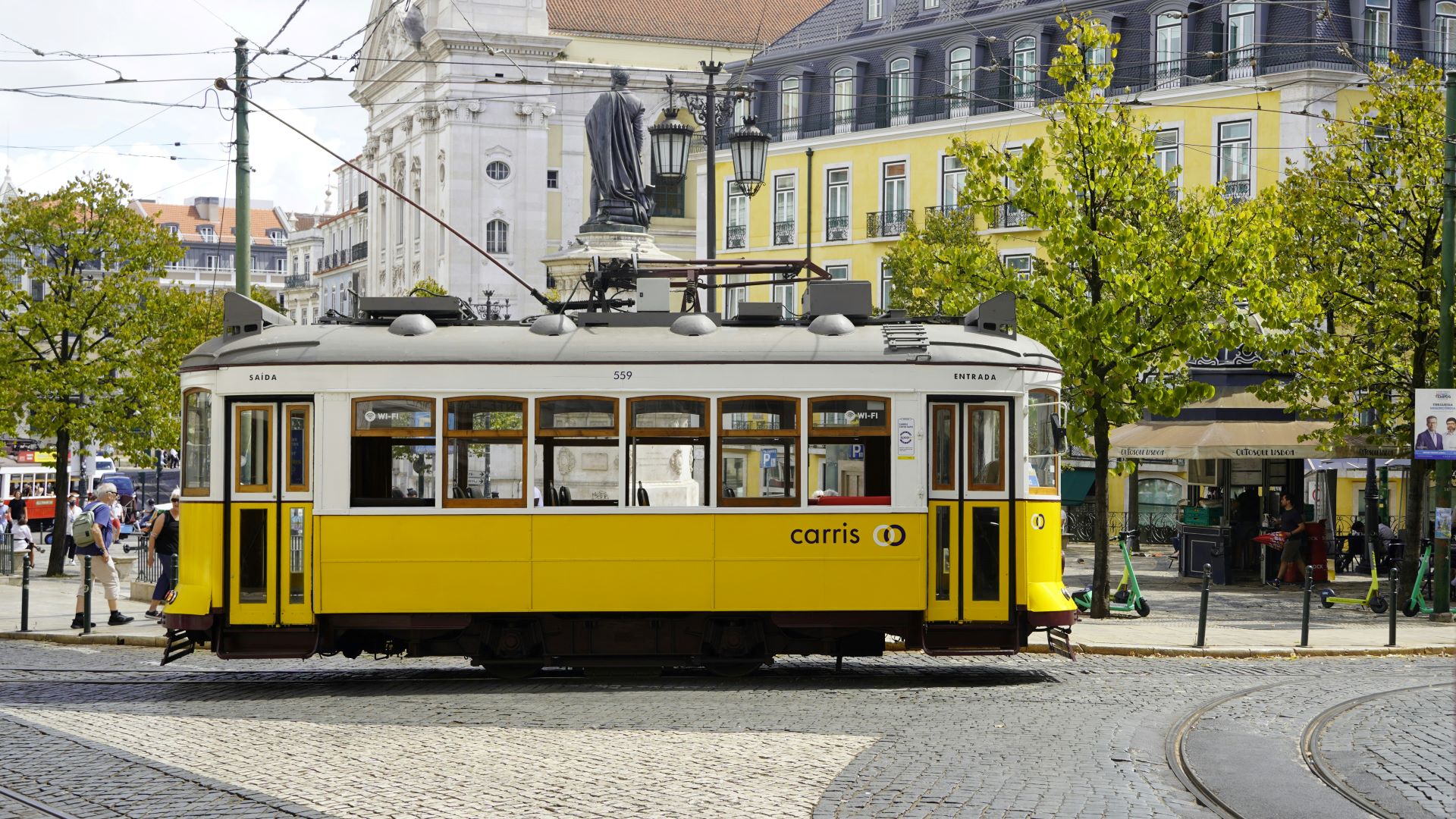Across Europe, the way people move is being rewritten. Transport accounts for around 29% of the continent’s greenhouse gas emissions, so the push for cleaner, shared, and people-focused mobility isn’t just a policy goal, it’s become a collective necessity. From Amsterdam’s narrow canal-side streets to Berlin’s wide modern boulevards and the plains of Spain, a shift is clearly underway.
The new mobility landscape is built on alternatives: scooters for the last mile, bikes and e-bikes for daily commutes, electric cars and charging hubs for city centers, and trams and autonomous shuttles reshaping public transit. What makes these changes powerful isn’t only the technology itself, but the rethinking of what mobility means, less about owning a car, more about access, inclusion, and care for the environment.
This edition of VIEWS brings together snapshots of Europe’s mobility transition: a mosaic of wheels, wires, and walkways pointing toward a future that’s healthier, cleaner, and more connected.
